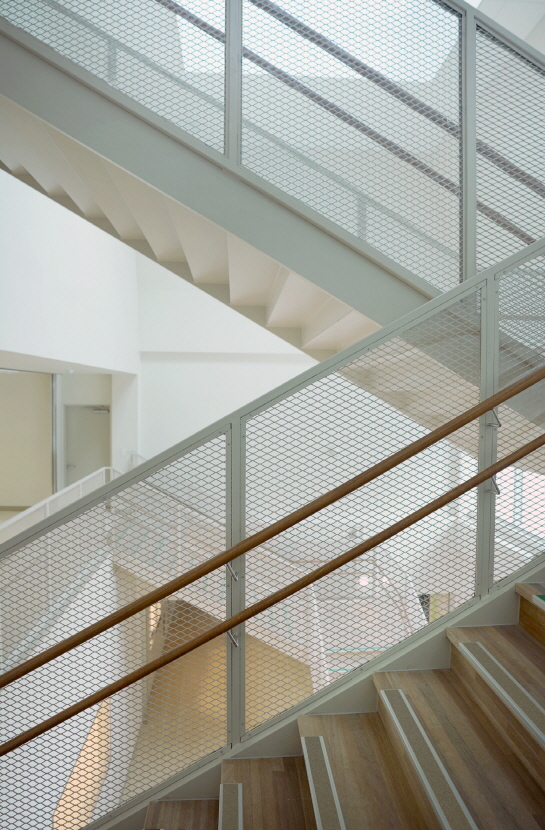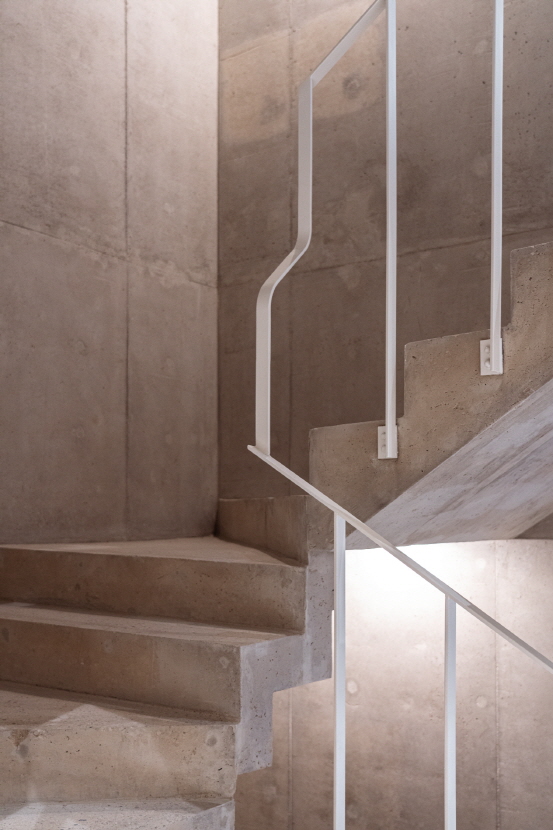SPACE May 2024 (No. 678)
‘Is consistency a value to be pursued in architecture? Are the colours of natural materials considered nobler than artificial colours?
Is perfection good? Is imperfection good? Is bias something to be wary of? Should we be wary of balance?’
- KimNam Architects, application essay for Korean Young Architects Award 2021
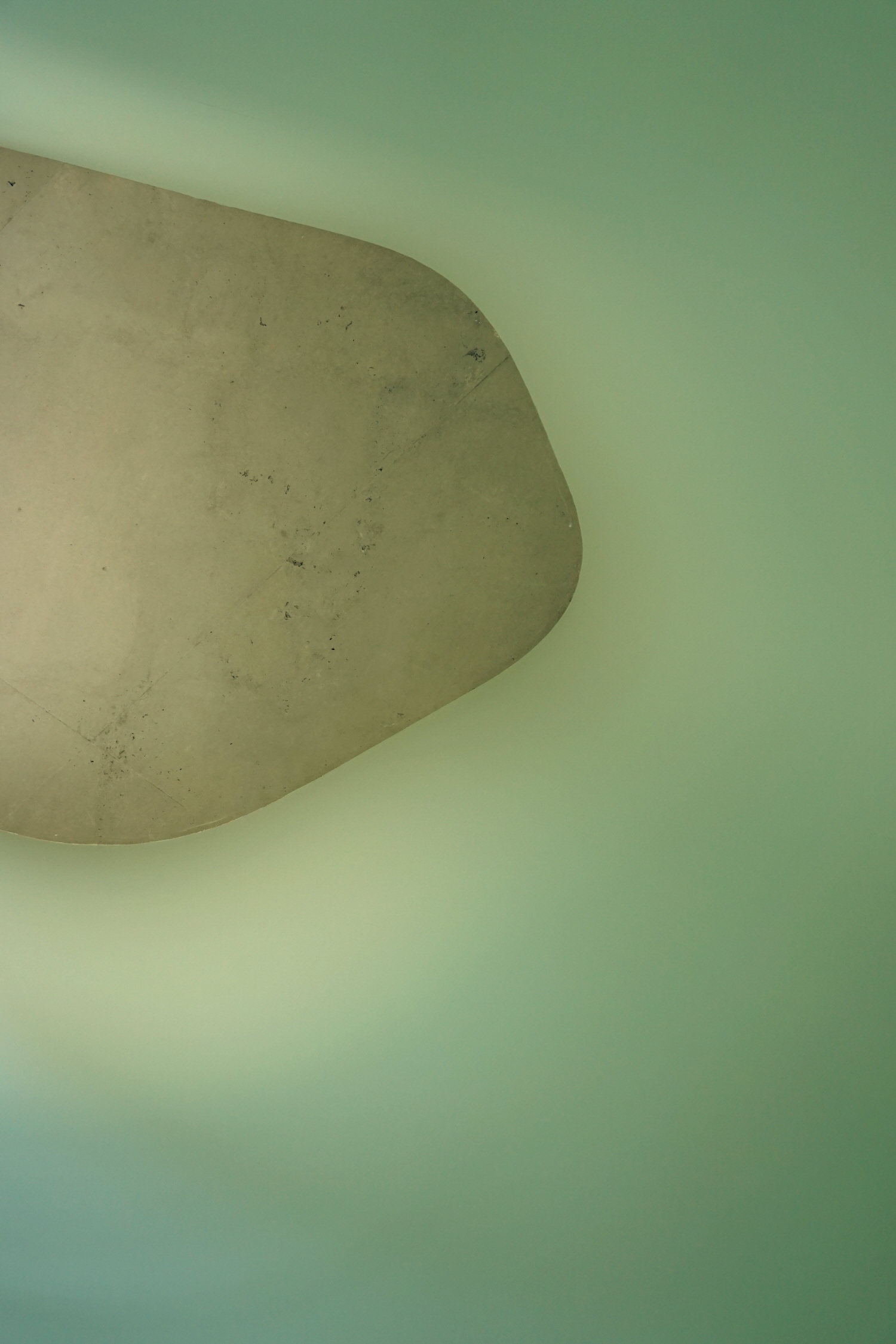
Quad (2019)
This initial critical and even provocative question was not only refreshing to me, but also somehow exhilarating. Consistent character and worship of materiality have been almost unwritten rules for winning the Korean Young Architects Award (KYAA), so this boldness was a young architect itself. While many applicants boasted of their dedication to high-quality construction that uses materials to elucidate a metaphysical concept, Kim Jinhyu and Nam Hojin (co-principals, KimNam Architects, hereinafter KimNam) acted differently. They went for a more surreal approach. For example, by proudly showing dreamlike photos of the painting of a colourful interior construction site of a rock bowling alley in a market street (Lighter Than Colors, 2020). It is also evident in Mimosa (2020), the tiny interior of plastic surgery clinic that was severely constrained by site construction due to pollution concerns—they devised a frame that took into account the site conditions and the details of panel ends for disassembly and assembly with a sincerity to the point of frankness and a (almost suspiciously) humble manner. KimNam exposed their true characters in the unsuccessful Cheongnyangni Station remodeling project (Maintenance Management, 2020), which sums up their attitude. In this project, lacking in pedantry or rhetoric, they intentionally combined different coloured panels and exposed bolts holding them together in order to make partially replaced tiles blend in with the new elements during the renovation of deteriorating facilities. At first glance, this attitude might be dismissed as just ‘maintenance’, which is taken for granted in a small interior or remodeling project. But that would be a huge mistake (remember, they are ‘architects’, not interior designers), because behind the scenes, it marks an acceptance and embrace of the way we are, of the situation itself, as well as a quiet revolt that privileges the desire for pure form in our architecture. In general, maintenance is an uncomfortable factor for many architects often seen to stand in opposition to design intentions, as it is usually the responsibility of managers and users, not architects. Decorating only those more visible elements keeps architects busy, but it will be hard to anticipate and reflect on the unseen or even something that hasn’t happened yet, and the building inevitably loses its pure abstraction when maintenance is taken into consideration. Nevertheless, KimNam’s buildings fragment themselves by using roofing materials for roofs and ceiling materials for ceilings, rather than hiding or omitting insulation, waterproofing, vents, flues, gutters, downspouts, and fresheners and throating that lead directly to contamination and defects. They deliberately focus on disharmony rather than harmony, parts rather than wholes, and elements rather than forms, to practice a rational ethic rather than a sensuous aesthetic. And they do not propose a ‘better alternative’ that transcends our stark reality, or a ‘righter’ way that guides reality, but they present a ‘what is necessary for the here and now’. As such, they keep in line with reality, instead of rushing ahead or lagging behind our reality. This, however, becomes an ordeal, like the hard work of an adult who has to lean forward when walking with a toddler. And KimNam failed to win KYAA 2021.
...
※You can read the full article with more information on the SPACE No. May (2024).
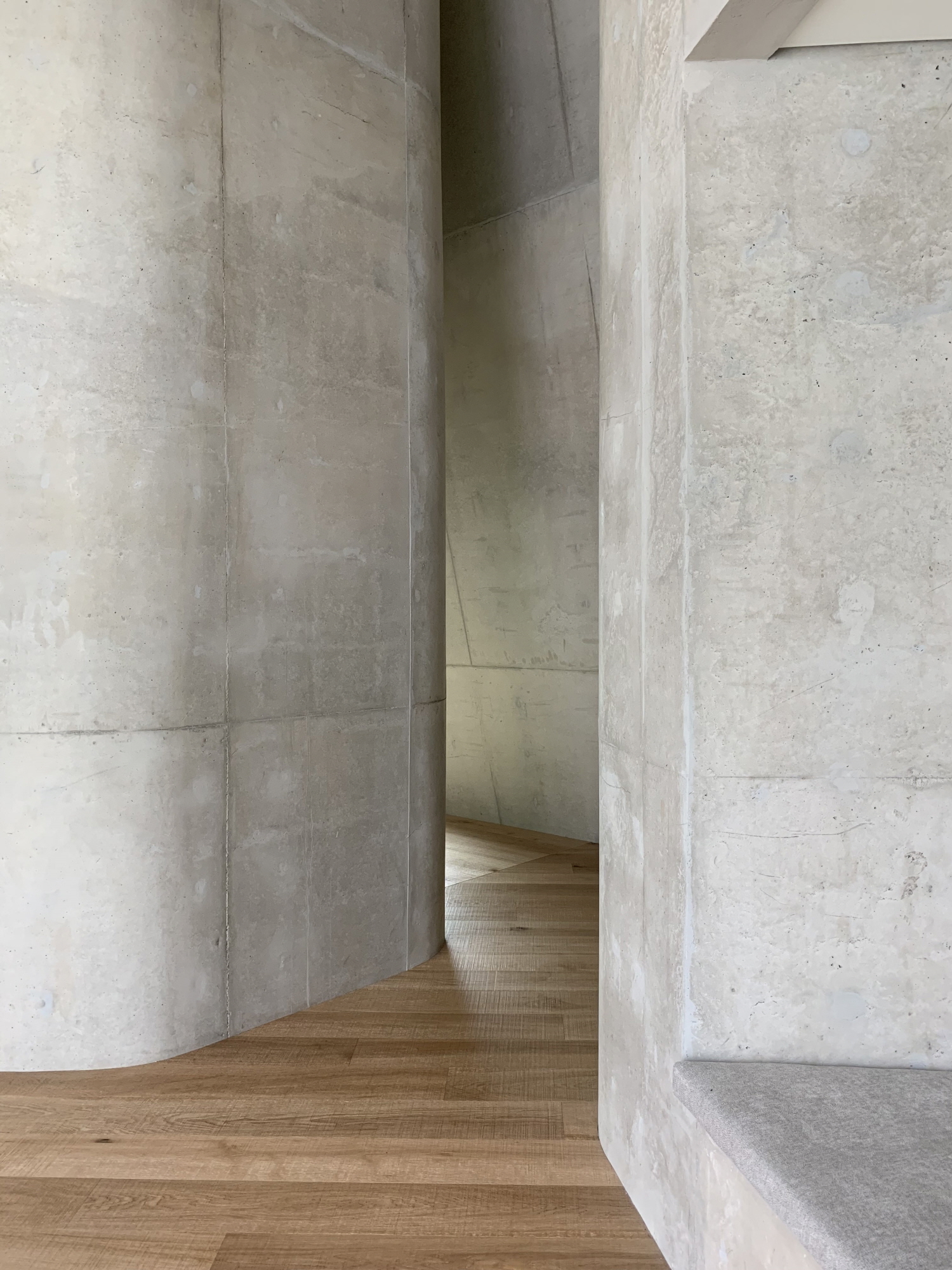
The Kindergarten of the City (2022) |
Warm and Cool(2021) |
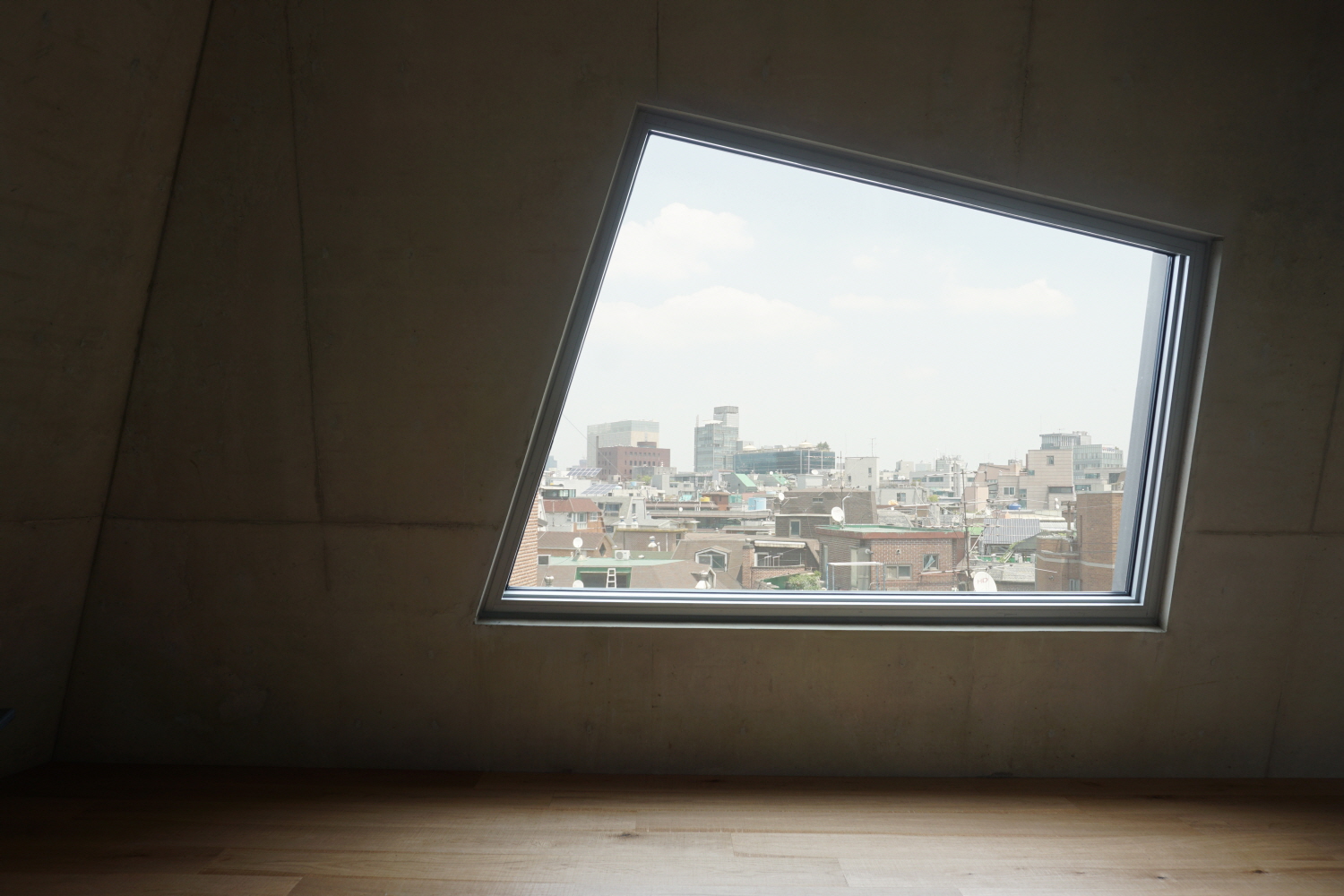
Quad (2019)
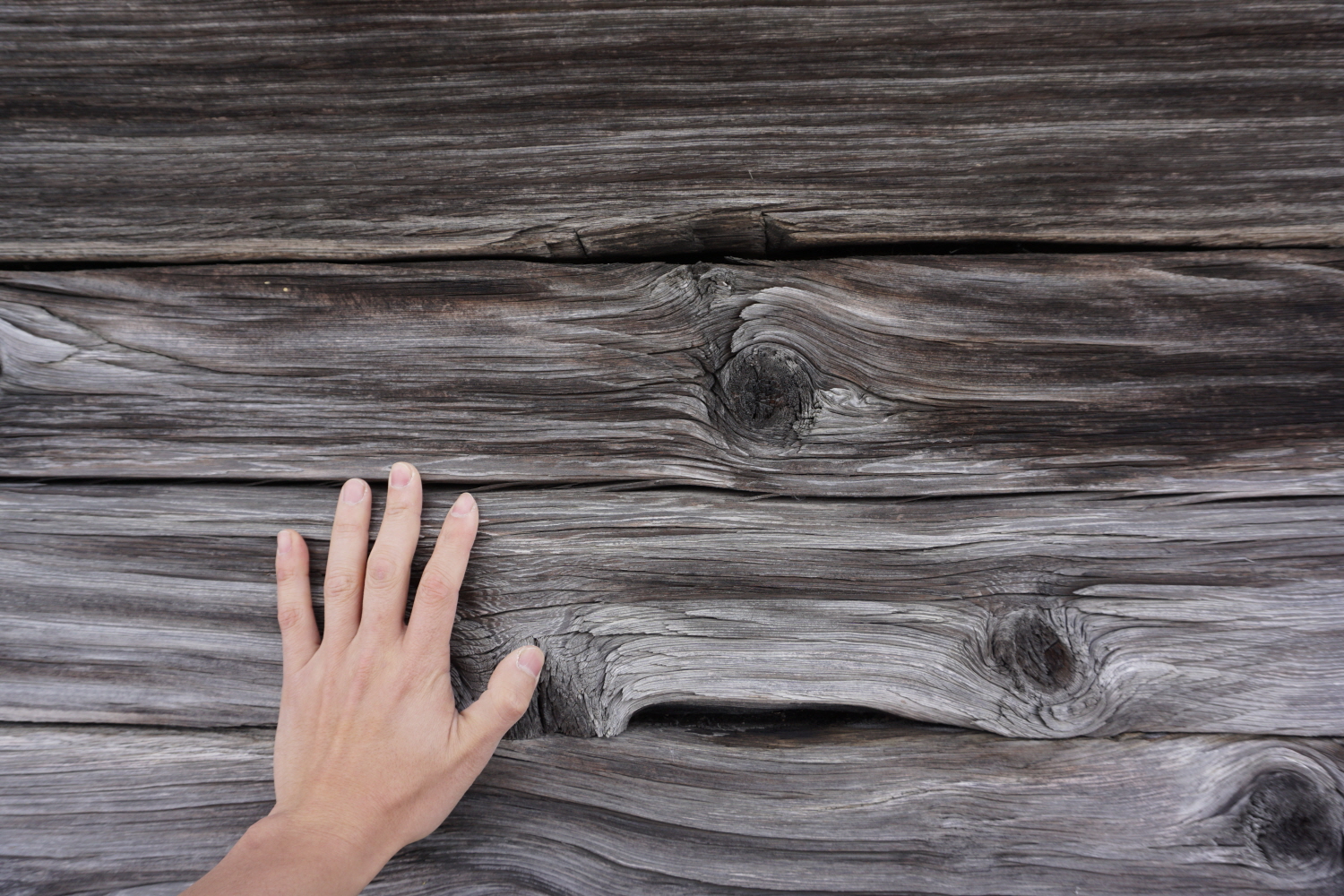
The wooden surface of the old cabin, Chalet at Pracondu






